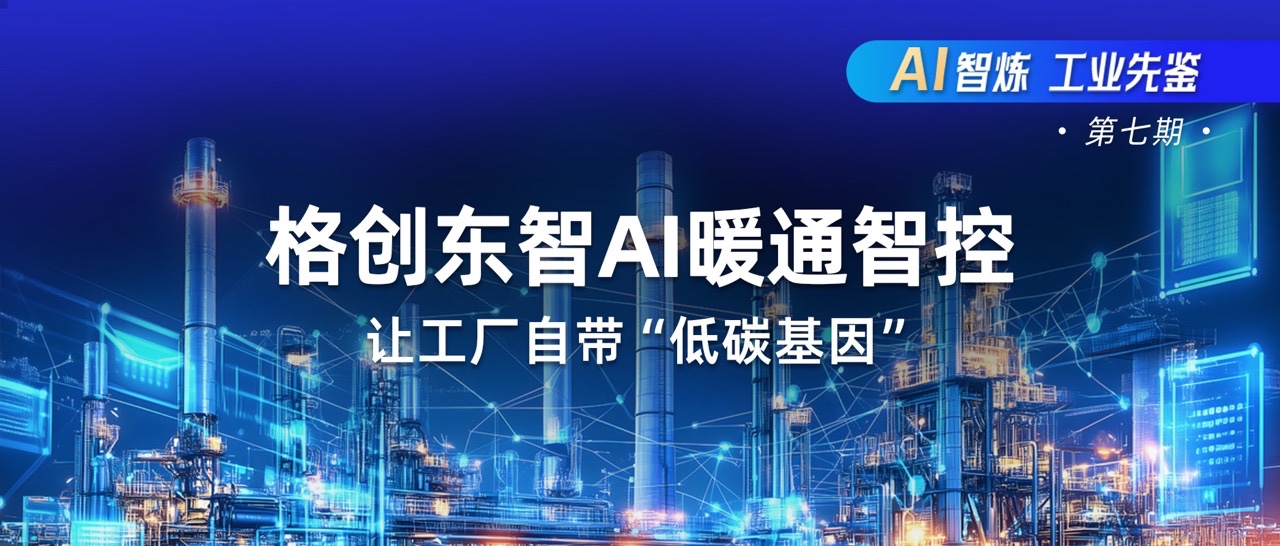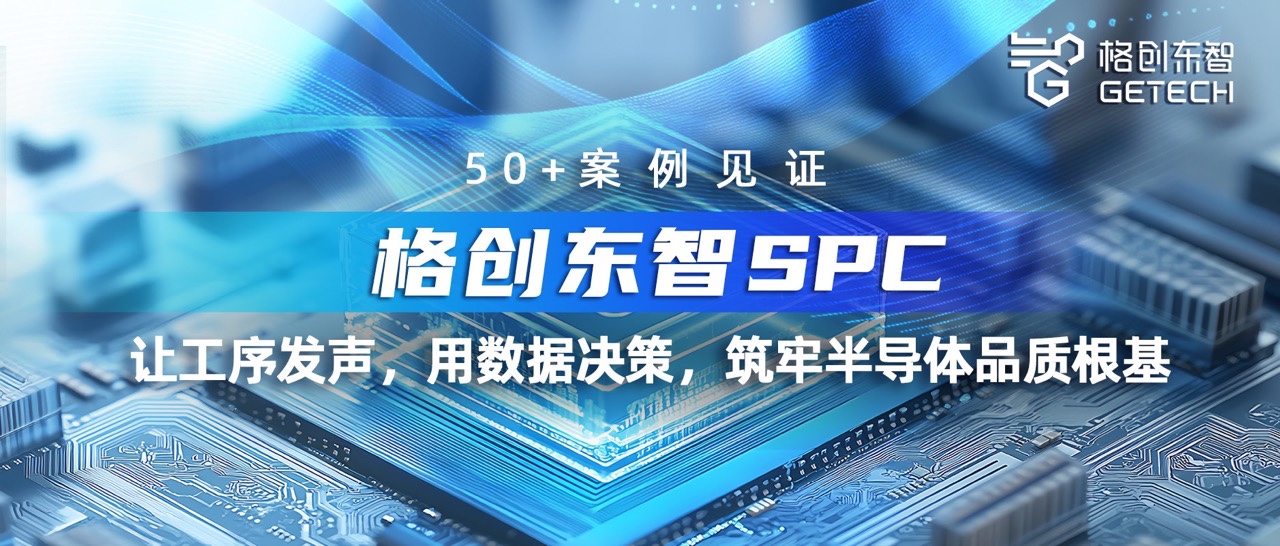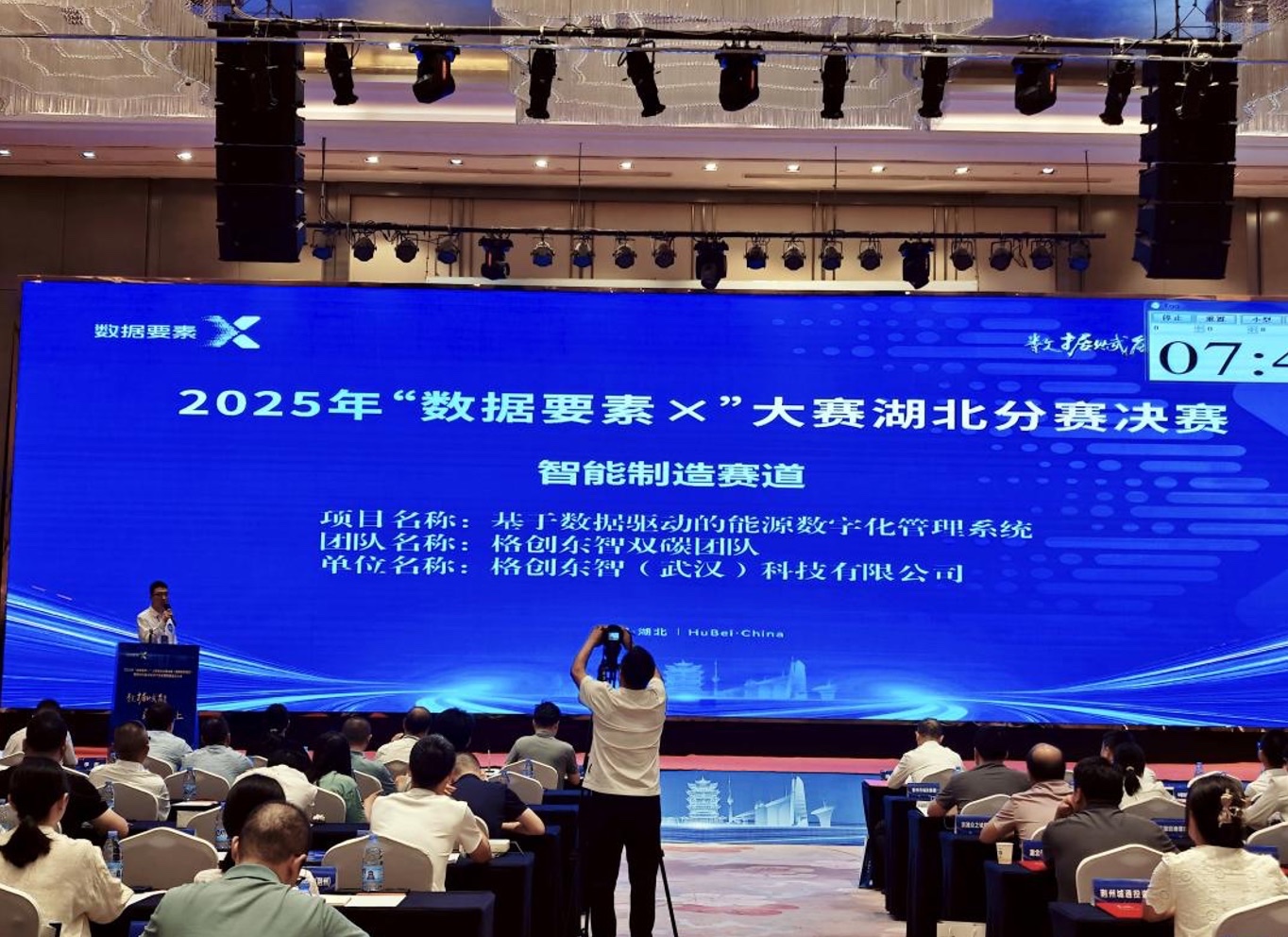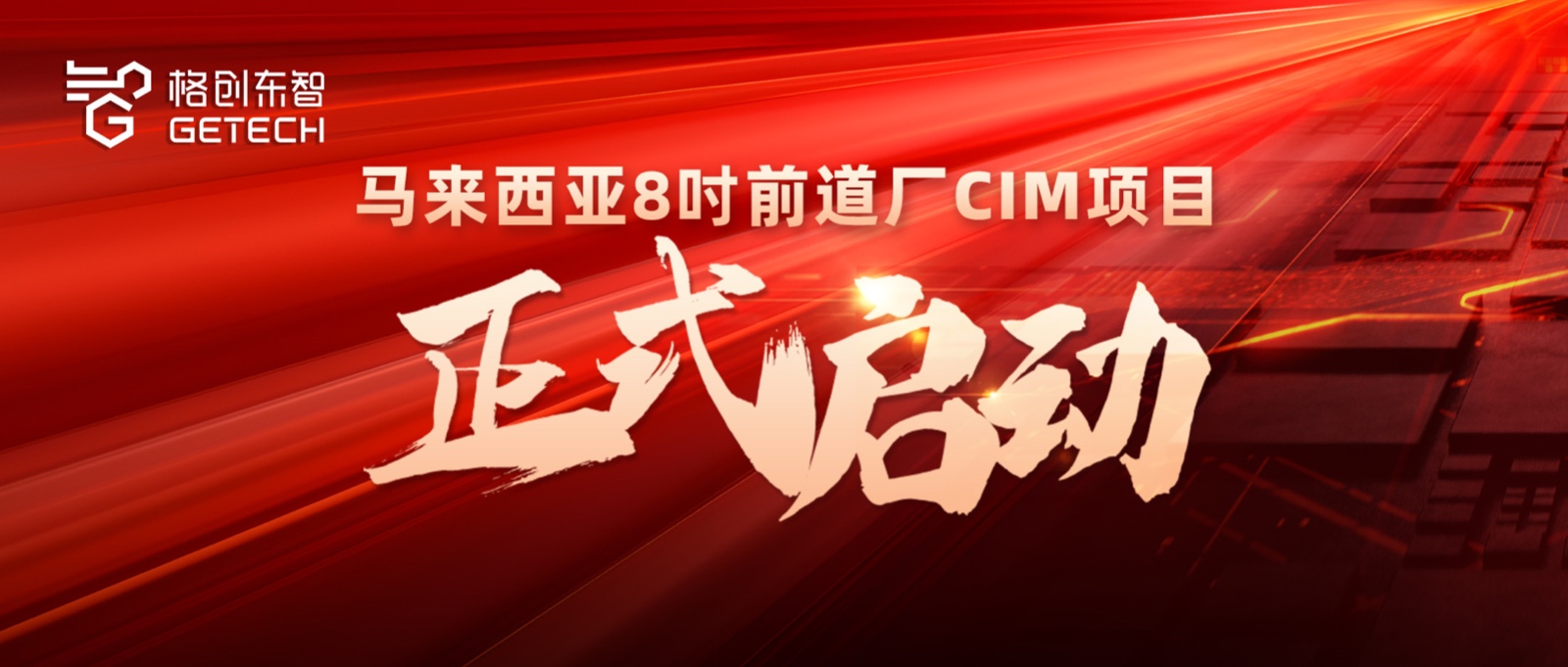Digital Time Ke Dialogue with GETECH: Optimistic about Energy Saving and Carbon Reduction, Quality Optimization, Equipment Management, and Other Manufacturing Digital Products

Companies will impose stricter ROI (Return on Investment) assessments on digital investments.
· Companies will impose stricter ROI (Return on Investment) assessments on digital investments. The core judgment of digital value for enterprises remains cost reduction and efficiency improvement, making energy-saving and carbon-reduction products, quality enhancement, and equipment management products key focuses for corporate digital initiatives.
· The emergence and普及 of new technologies, such as zero-code development platforms and RPA, will enable more business experts to directly participate in the practical aspects of digital transformation, accelerating corporate digital transformation through the叠加 effect of experience and new technologies.
· We will create more "native smart factories." These should integrate smart manufacturing planning during the factory design phase, fully consider comprehensive digital application, and accelerate the implementation of smart factories based on standardized architectures, ensuring that new factories operate at a higher level from the start.
The following is the interview section (edited by Digital Time Ke): Q: Many believe that major collective disasters or changes can shift societal mindsets. From your perspective, have the three years of the pandemic systematically changed corporate management philosophies and attitudes toward digitalization? How might this change affect China's digitalization trends? Li Nan: Overall, the pandemic has indeed accelerated corporate digital transformation理念, notably in two areas. First, companies are placing greater emphasis on risk resistance, especially in supply chains. Beyond efficiency, stability is now a priority. For instance,新能源汽车 companies have recently faced chip shortages and rising battery costs, prompting them to strengthen integration across the industry chain and build their own supply systems to mitigate risks, making supply chain management digitalization increasingly important. Second, there is a greater shift of business operations to the cloud. During the pandemic, many employees couldn't reach workplaces, and technical experts couldn't provide on-site support, leading companies to migrate business systems to the cloud. This enabled remote equipment control and work, alongside the use of 5G and AR for remote expert guidance, ensuring timely technical support. The development of such digital technologies and products has noticeably accelerated. Q: Has the value assessment of digitalization changed before and after the pandemic? What specifically? Li Nan: Whether in 2020 or 2023, the core judgment of digital value for enterprises remains cost reduction and efficiency improvement, aiding in enhancing business value. This hasn't changed. The difference post-pandemic is that many scenarios where digital cost-saving benefits were unclear gained recognition through active or被动 applications during the pandemic, encouraging more companies to invest. Conversely, due to the pandemic, some industries face pessimistic outlooks, increasing corporate concerns about future operations. Companies now prefer digital projects with clear value and outcomes, avoiding those that seem advanced but lack clear benefits. For example, lithium battery production involves high energy costs; our energy and carbon management solutions significantly reduce these costs, gaining increasing client attention and application. Q: Previously, most companies invested millions or even billions in digitalization. How do you view this digital growth and红利? Is this model sustainable? Li Nan: Corporate digital transformation is a long-term endeavor, not achievable overnight. Most companies adopt a phased strategy, investing annually to improve specific areas, achieving noticeable results before continuing investments. As long as investments yield returns, companies are willing to sustain them. Each year's projects undergo careful evaluation, with most companies conducting ROI assessments, typically expecting payback within 1.5 to 3 years. Although some digital investments fail, the overall trend of investment→results→continued investment remains. Continuous digital investment is a major trend, but factors like policy guidance, corporate financial health, and new technology developments will influence future investments. In some industries, financial pressures may limit digital spending. Q: In a 2022 36Kr interview, two views emerged on who should lead digitalization: top leadership or CIOs/CDOs. What’s your take? What factors in 2023 might change digital leaders? Li Nan: Digital projects are vast, involving everyone from top to bottom. Whether in new energy or other industries, it must be a top leadership initiative. IT strategy serves business strategy, ultimately solving business problems and driving goals. The overall digital leader may not change significantly, but new technologies allow more people to participate in digital变革, becoming leaders for their business lines and accelerating overall transformation. For example, low-code platforms are increasingly used, enabling frontline staff or engineers without programming skills to digitize their tasks and innovate. Each frontline participant can significantly speed up the company's digital process. We promoted tools like Geek Factory zero-code platform in semiconductor and new energy clients, engaging thousands of OT personnel directly in digital变革 with notable effects. Q: With countless new digital products emerging, what key elements must a "good product" have? What digital services or products are you optimistic about in 2023? Li Nan: A good product must create value and deliver business benefits, such as improving quality or reducing costs through data analysis and application, enabling data-driven business. Additionally, good industry digital products should encapsulate professional experience and be easy for frontline staff to use. For instance, our products include over 30,000 industry mechanism models, allowing业务人员 to quickly address issues without coding skills. In 2023, we are optimistic about energy-saving and carbon-reduction products, like smart energy and carbon management. National requirements are rising, and exports face European "carbon barriers," increasing corporate urgency. Meanwhile, quality improvement and equipment management products in manufacturing remain essential for cost reduction and efficiency amid competition. Q: What impressive digital innovation cases from 2022 stand out to you? What digital innovations and growth are you most期待 seeing in 2023? Li Nan: Cases involving native smart factories are notable. Previously, smart factories were built on existing lines, often lacking sufficient planning for digital upgrades, leading to issues like inefficient energy structures, unmet production rhythms, and poor data quality for cross-business applications like product life cycle tracing. Native smart factories integrate comprehensive digital planning from the start, using digital twin simulations to预见 operational issues, avoiding problems and achieving higher digital and operational levels from the outset. Q: In 2023, what are the strengths and weaknesses of Chinese companies compared to欧美 firms in digital innovation? Li Nan: China's advantage lies in its vast scenarios and data volume, unmatched abroad, leading to a comprehensive, platform-based, integrated approach.欧美 firms invest heavily in vertical digital innovation, focusing on underlying technology R&D. Future lessons include focusing and deepening efforts around specific application scenarios. For example, we will continue to deepen our expertise in semiconductor and new energy industries,挖掘应用场景 to create business value.For more product/solution details, please contact Tel/WeChat: 400-600-2869.





